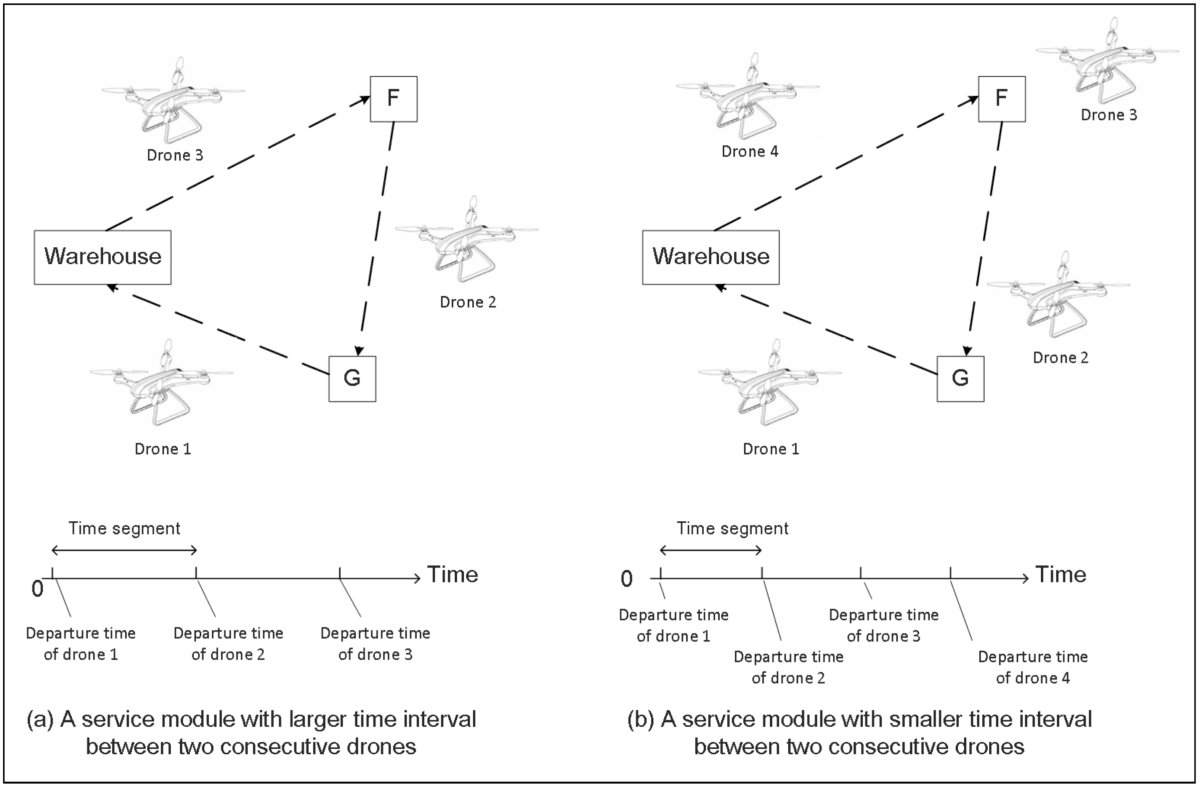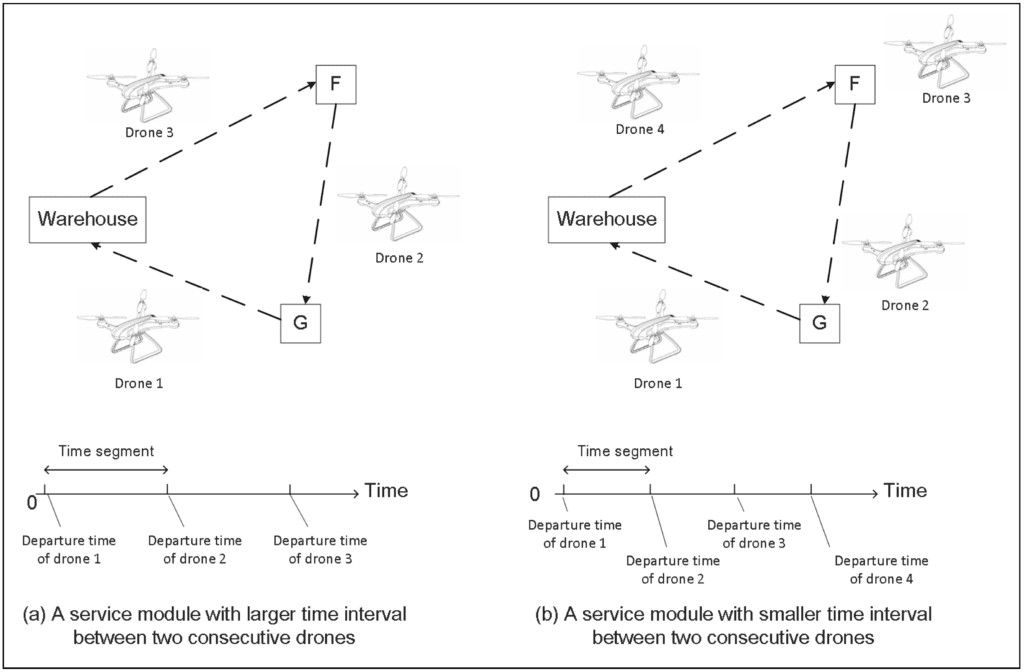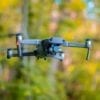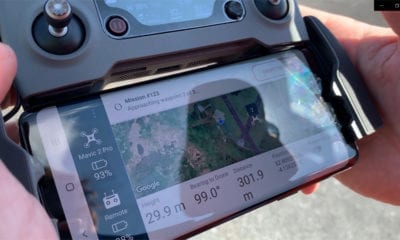
Drone Delivery
Random Drone Fleet Deployment and Planning
Random Drone Fleet Deployment and Planning
Drone delivery is fast gaining popularity in the service and transportation industry. Amazon founder Jeff Bezos first announced that Amazon has developed a fleet of drones to deliver lightweight commercial products in 2013. JD.com in China had seven types of delivery drones in testing or operation across four provinces in 2017.
Drone delivery holds tremendous potential in changing the traditional parcel delivery service in terms of cost reduction, resource conservation, and environmental protection.
Chinese researchers are now exploring methods of minimize the total cost, including (i) drone deployment and operating cost and (ii) expected labor cost associated with drone deliveries. The researchers, Ming Liu,Xin Liu, Maoran Zhu, and Feifeng Zheng in association with the School of Economics & Management, Tongji University, Shanghai and the Glorious Sun School of Business & Management, Donghua University, Shanghai, China are working on reducing drone delivery associated costs.
A paper compiled by this team introduces a novel drone fleet deployment and planning problem with uncertain delivery demand, where the delivery routes are fixed and couriers work in collaboration with drones to deliver surplus parcels with a relatively higher labor cost. The problem involves the following two-stage decision process: (i) The first stage determines the drone fleet deployment (i.e., the numbers and types of drones) and the drone delivery service module (i.e., the time segment between two consecutive departures) on a tactical level, and (ii) the second stage decides the numbers of parcels delivered by drones and couriers on an operational level. A classic sample average approximation method was applied during the study. To achieve computational efficiency, a hybrid genetic algorithm is further developed. The computational results show the efficiency of the proposed approaches.

An illustrative example.
From the computational results reported the study inferred that:
- with the increase of the number of scenarios, the computational time of Sample average approximation (SAA) increases dramatically;
- given the same number of scenarios, the computational time of the hybrid Genetic Algorithm (GA) is smaller than SAA with high solution quality;
- with the increase of average drone speed and the total flight time, the number of drones deployed and the total cost decrease;
- when the volume and weight capacities of drones increase, the number of drones deployed and the total cost decrease;
- when the time intervals decrease, the number of drones deployed increases; and
- The developed hybrid GA outperforms the SAA in terms of the computational time with high solution quality.

An illustrative example for service module.
Conclusions:
This work studies the stochastic drone fleet deployment and planning problem in multiple-type parcel delivery service. In the problem, the drone fleet deployment, i.e., the type, number, and service module of drones deployed on each route, should be decided with uncertain parcel demand. Under each realized scenario, the number of parcels delivered by drones and couriers should be determined.

hanghai Jinshan industrial park drone delivery network.
As per the researchers future studies in the field may include (i) designing heuristics that can solve the problem more efficiently; (ii) considering more practical conditions, such as the situation where the labor cost function is more complicated; (iii) considering heterogeneous drones on each drone route; and (iv) studying the problem with labor cost as a piecewise or convex function.
Citation: Stochastic Drone Fleet Deployment and Planning Problem Considering Multiple-Type Delivery Service, Ming Liu, Xin Liu, Maoran Zhu and Feifeng Zheng, School of Economics & Management, Tongji University, Shanghai, China and Glorious Sun School of Business & Management, Donghua University, China, Sustainability 2019, 11(14), 3871; https://doi.org/10.3390/su11143871, https://www.mdpi.com/2071-1050/11/14/3871/htm





















